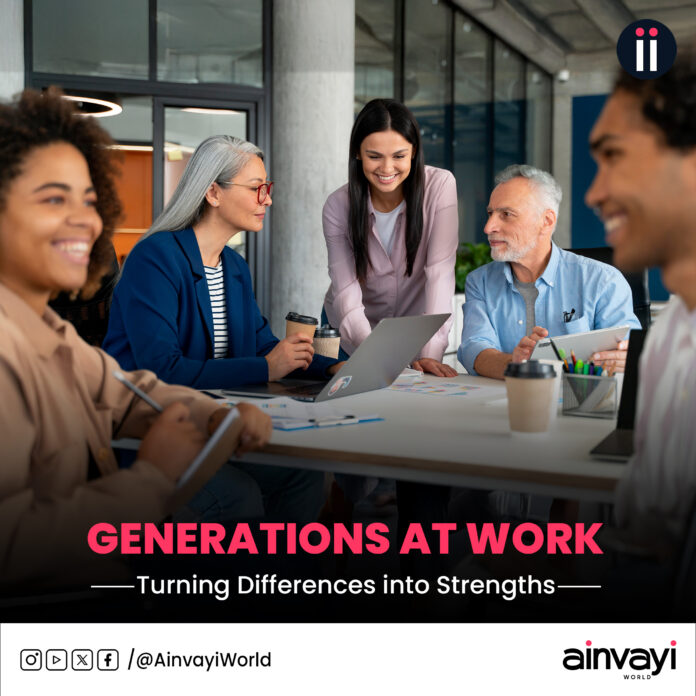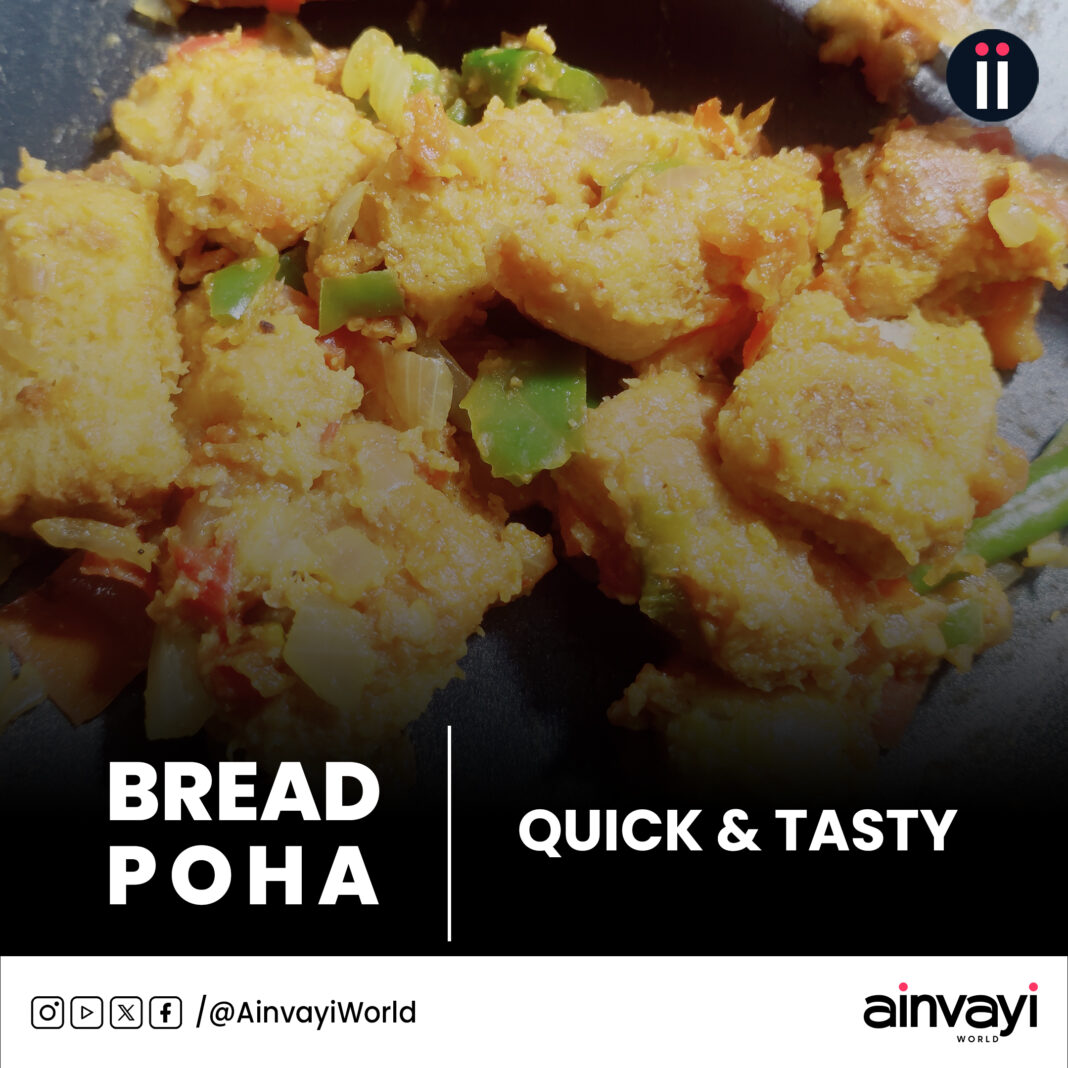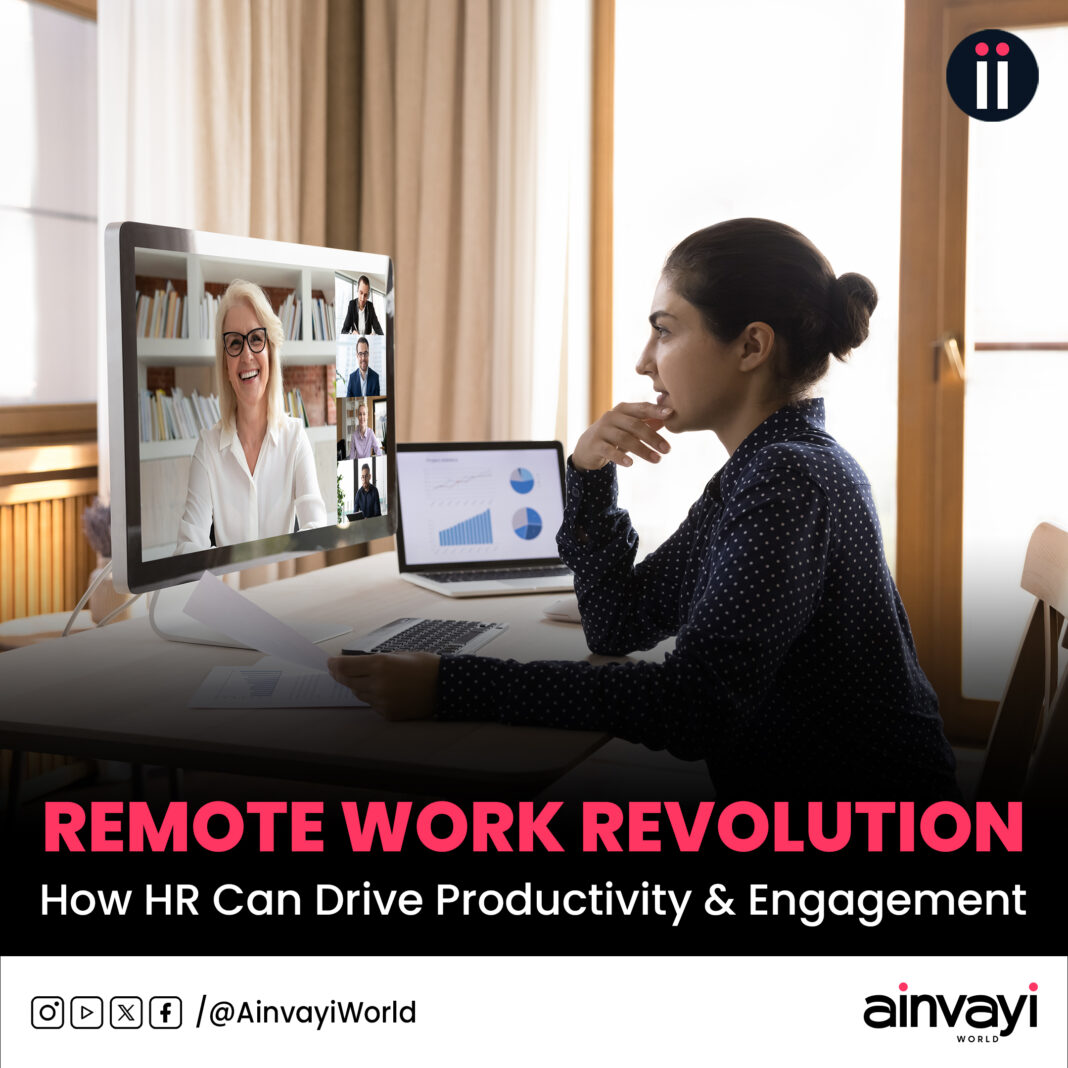The modern workplace is more age-diverse than ever, with four generations—Baby Boomers, Generation X, Millennials, and Generation Z—working side by side. With each generation bringing unique perspectives, skills, styles, and expectations to the table, creating both opportunities and challenges. While differences can sometimes lead to misunderstandings, they also open the door to innovation, creativity, and a wealth of diverse ideas.
Effectively navigating through these generational differences involves recognizing each group’s traits and characteristics, implementing strategies that harness their strengths and fostering an inclusive, adaptable work culture. By bridging the generational gap, organizations can unlock the full potential of their workforce, leading to improved collaboration, innovation and long-term success.
Understanding Generational Traits and Work Styles
Each generation brings its own set of values, work ethics, and preferences, which influence how they interact with colleagues and approach their work.
- Baby Boomers (1946–1964) – Known for their strong work ethic, hard work, commitment, and preference for job security. They value structured environments, stability, and in-person communication.
- Generation X (1965–1980) – Independent and adaptable, Gen Xers prioritize work-life balance and are comfortable with both traditional and digital forms of communication.
- Millennials (1981–1996) – Tech-savvy and purpose-driven, they prefer collaborative environments, flexible work arrangements, and regular feedback and recognition.
- Generation Z (1997–present) – Digital natives who value diversity, inclusion, and social responsibility. They thrive in fast-paced, technology-driven work settings and are comfortable with virtual communication.
Understanding these generational differences allows organizations to tailor their workplace as well as policies, ensuring a more inclusive and cohesive workforce.
Multigenerational Workforce: An Asset
A workplace that embraces generational diversity enjoys several advantages:
- Increased Innovation – Diverse perspectives lead to creative problem-solving and fresh ideas.
- Stronger Decision-Making – Combining capabilities, experience with modern approaches results in well-rounded business strategies.
- Better Customer Insights – Employees from various age groups understand diverse customer segments, helping businesses tailor products and services effectively.
- Higher Employee Retention – A workplace that respects and accommodates generational needs fosters loyalty, reducing turnover and improving job satisfaction.
By leveraging the strengths of each generation, organizations position themselves for long-term growth, resilience, and competitive advantage.
Multigenerational Workforce: Common Challenges
Managing a multigenerational workforce comes with its share of challenges. Some of the most common include:
- Communication Barriers – While Baby Boomers and Gen X may prefer in-person discussions, Millennials and Gen Z are more inclined toward digital communication.
- Technology Adaptation – Different generations have varying levels of technological proficiency, which can create challenges in the workplace. Older generations are well-versed in traditional tools but may take longer to adapt to emerging technologies. In contrast, younger generations quickly embrace new digital advancements but may be less familiar with conventional systems.
- Work-Life Balance Expectations – While Baby Boomers often adhere to traditional 9-to-5 schedules, Gen X, Millennials, and Gen Z favor flexibility in work arrangements. Differences in expectations can lead to conflicts if policies are not accommodating.
- Feedback and Recognition – Millennials and Gen Z thrive on frequent feedback and recognition, while Baby Boomers and Gen X may be accustomed to annual performance reviews.
If left unaddressed, these challenges can lead to workplace tensions, decreased morale, and inefficiencies. However, with the right strategies, they can be turned into opportunities for growth and collaboration.
Strategies for a Thriving Multigenerational Workplace
Organizations that successfully manage a multigenerational workforce adopt inclusive strategies that cater to diverse needs. Some effective approaches include:
- Encouraging Open Communication – Fostering an environment where employees feel comfortable expressing their perspectives and preferences can enhance mutual understanding and respect.
- Leveraging Generational Strengths – Baby Boomers bring experience and institutional knowledge, Gen Xers excel in independent problem-solving, Millennials drive teamwork and innovation, and Gen Z offers fresh digital insights. Recognizing and utilizing these strengths creates a more dynamic and efficient workforce.
- Implementing Flexible Work Arrangements – Offering remote work options, flexible hours, and hybrid models allows employees to work in a manner that best suits their needs and efficiency.
- Promoting Mentorship and Reverse Mentoring – Encouraging cross-generational mentorship fosters knowledge exchange and mutual respect—senior employees share industry insights and guidance, while younger colleagues introduce them to new technologies and modern approaches.
- Providing Continuous Learning Opportunities – Upskilling programs that cater to different learning styles help ensure that all employees, regardless of age, stay updated on evolving industry trends.
By embracing these strategies, organizations can create an environment that values generational diversity and enhances overall workplace harmony and performance.
Conclusion
Successfully managing generational differences in the workplace isn’t about eliminating them—it’s about embracing and transforming them into a strategic advantage. By recognizing and integrating the unique strengths of each generation, organizations can cultivate a dynamic, inclusive, and highly productive workplace.
When every generation feels heard, valued, and empowered, the workplace becomes more than just a space to work—it becomes a thriving hub of collaboration, innovation, and success.




